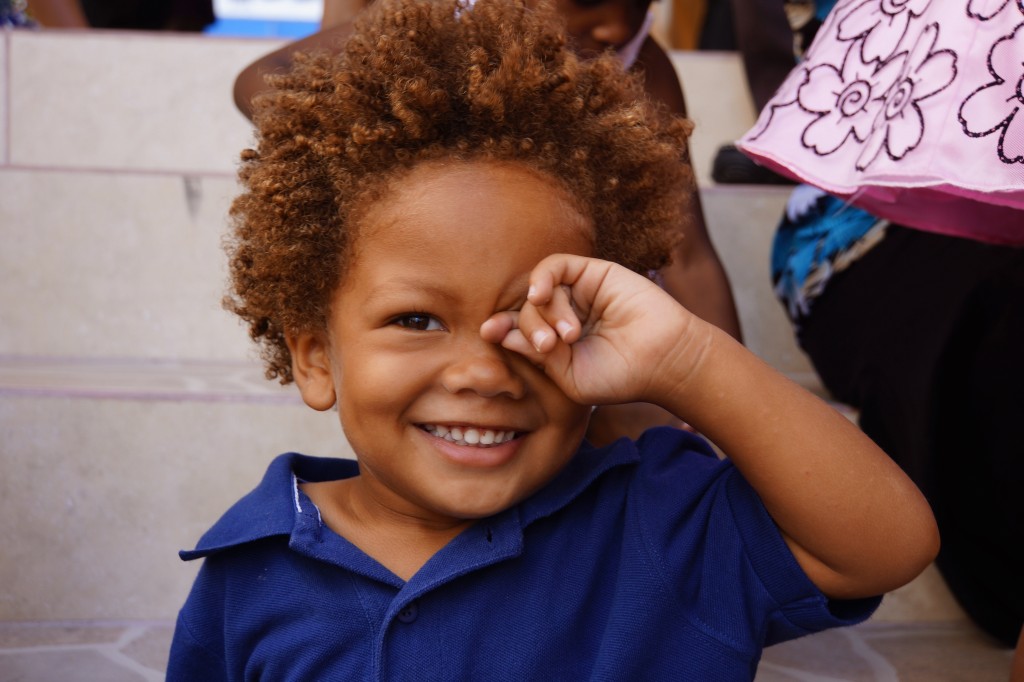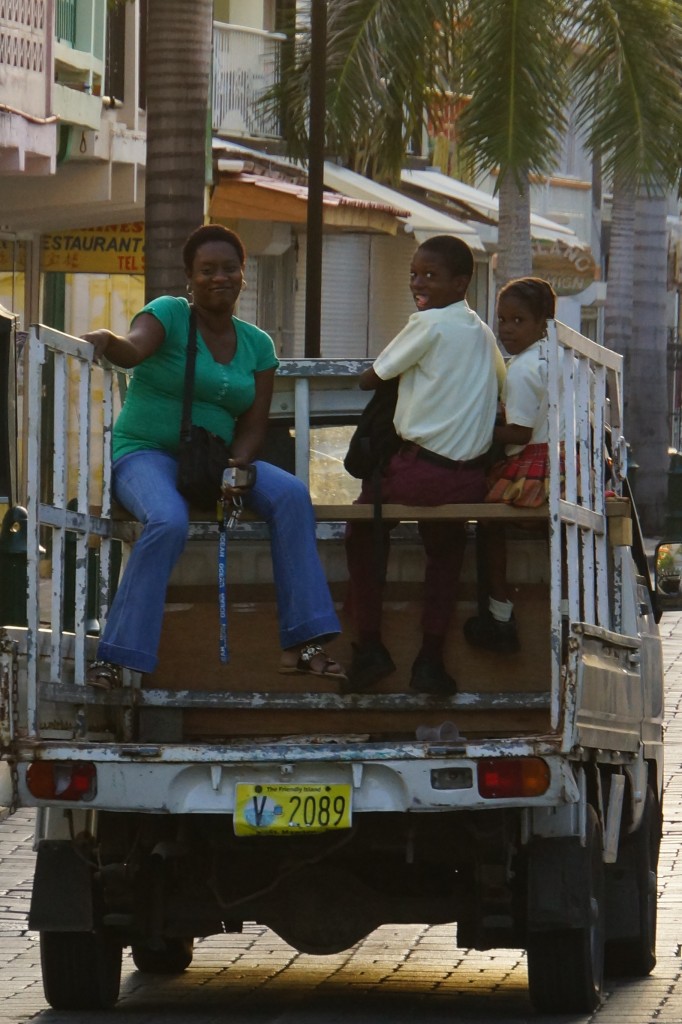
“Where sky and water meet,
Where the waves grow sweet,
Doubt not, Reepicheep,
To find all you seek, There is the utter East.”














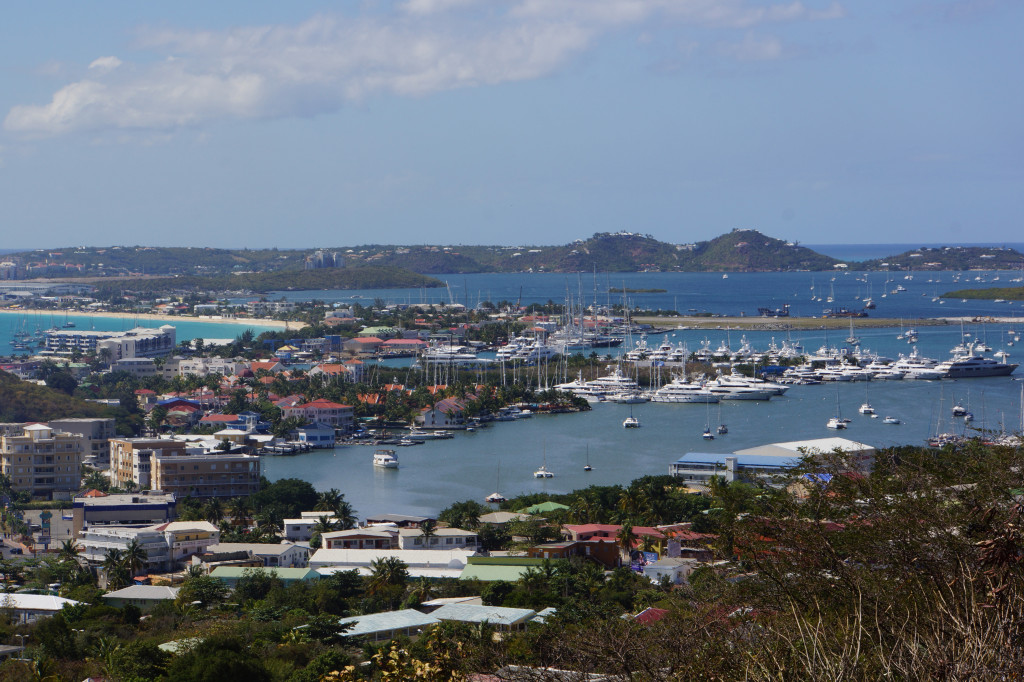
Regatta Week
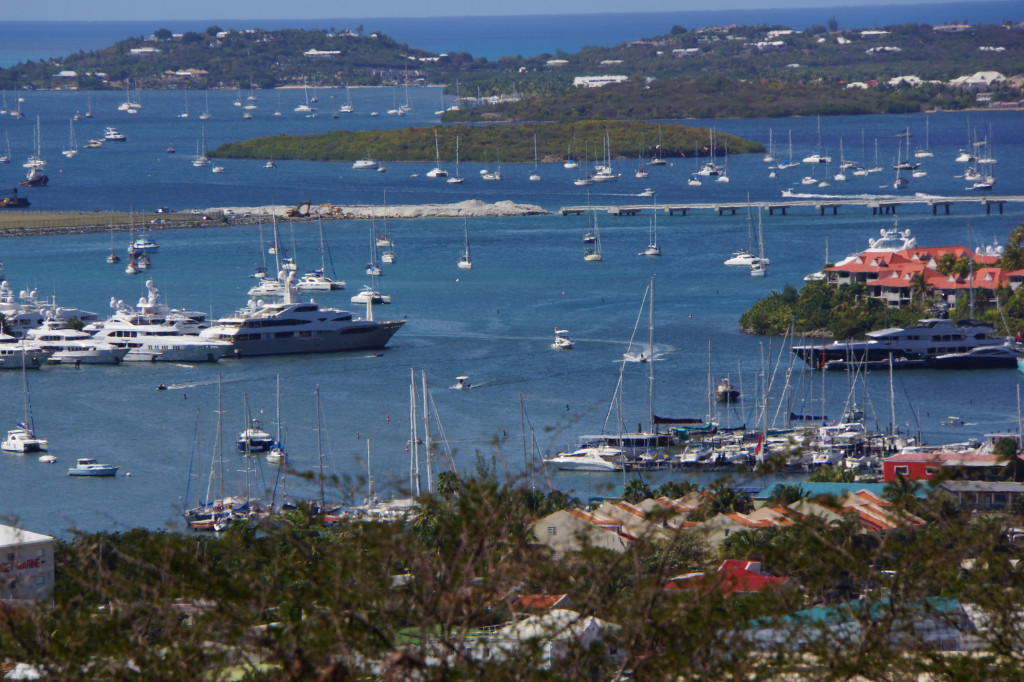
Texaco fuel yard for the cruise ships

Dusk at the beach



Evening dinner poolside






Where the waves grow sweet,
Doubt not, Reepicheep,
To find all you seek, There is the utter East.”















Regatta Week

Texaco fuel yard for the cruise ships

Dusk at the beach



Evening dinner poolside





The island is divided, roughly 60/40, between France and the Kingdom of the Netherlands however, the Dutch side has the larger population. It is one of the smallest sea islands divided between two nations, a division dating to 1648. .
On January 1, 2009 the population of the entire island was 77,741 inhabitants, with 40,917 living on the Dutch side, and 36,824 on the French side.
Collectively, the two territories are known as “St-Martin / St Maarten”. Sometimes SXM, the identifier for Princess Juliana International Airport (the island’s main airport).
As the story goes, The French and Dutch signed the famous partition agreement on Mount des Accords. (Concordia) on March 23 1648,
Prior to that of course they had to decide how the land would be divided. They thought that the best way to share the salt rich land was to compete for it.
It is said that a representative of both sides was chosen to do the honors.

The two then faced in opposite directions and started off from the east coast on the shorelines of the Island. Where ever they would meet would be the point at where the island would be divided.
The French ended up with twenty one square miles of the land while their Dutch counterparts only got sixteen square miles. It is also thought that the French was armed with his WINE while the Dutchman was in possession of GIN, thus the inability to significantly represent the Dutch team.
| The truth of the matter is that Between 1648 and 1816, disagreements between the two nations resulted in the border being changed at least sixteen times. |
http://www.discover-stmaarten.com/st-maarten-legend.html


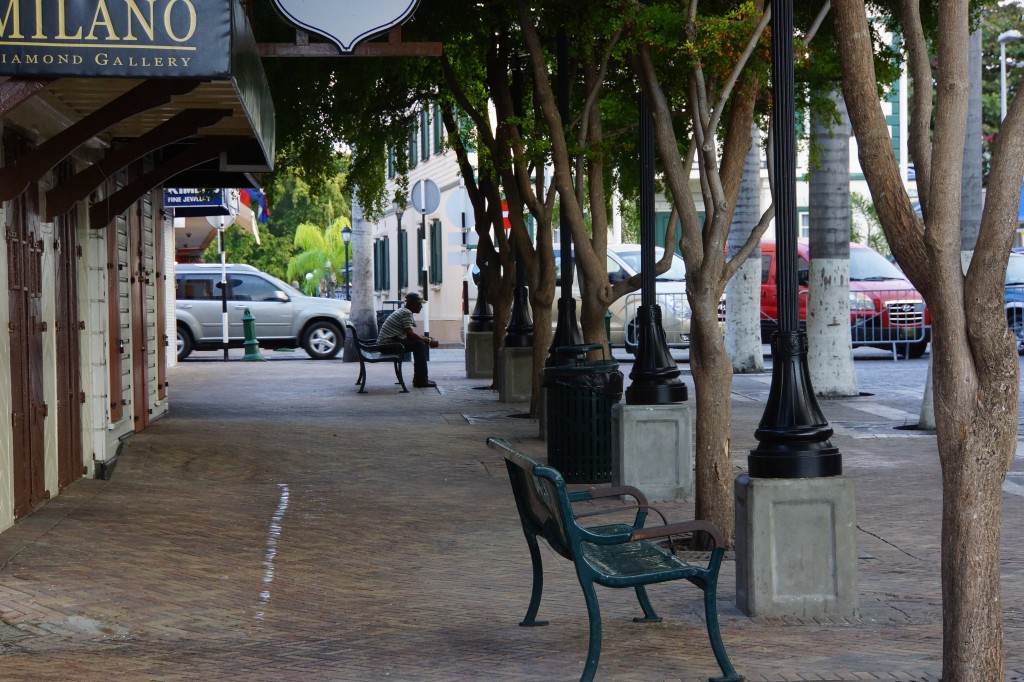







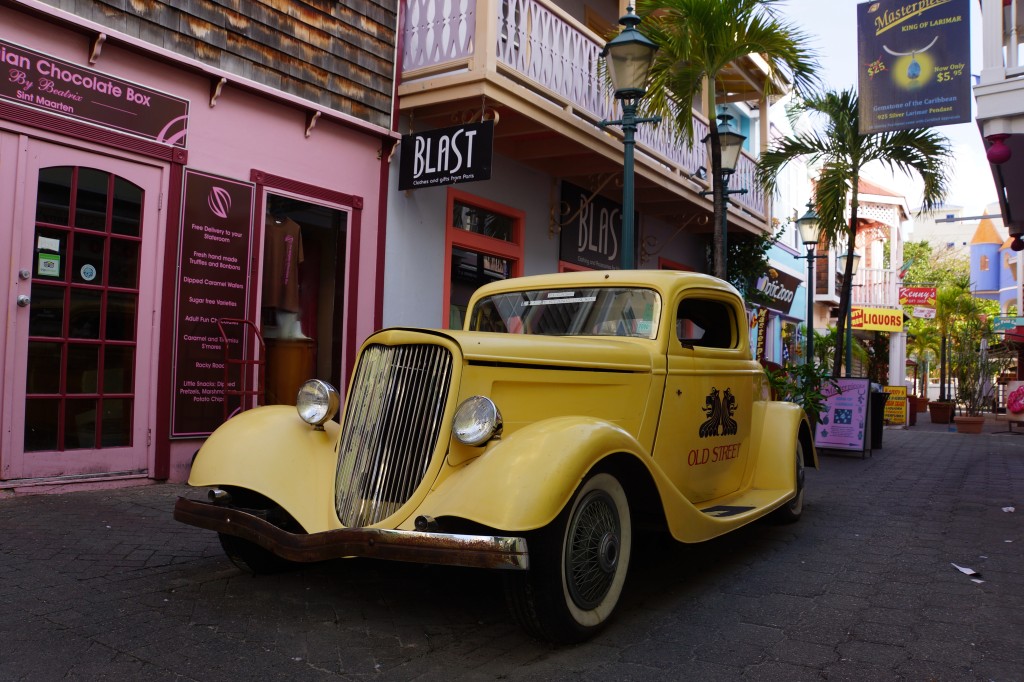




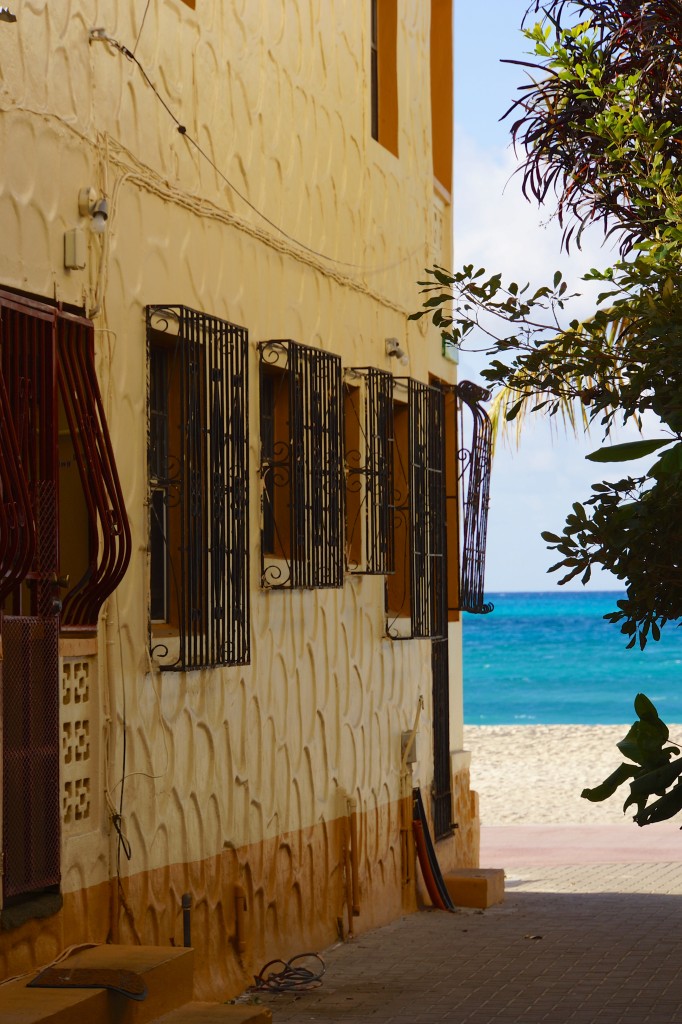






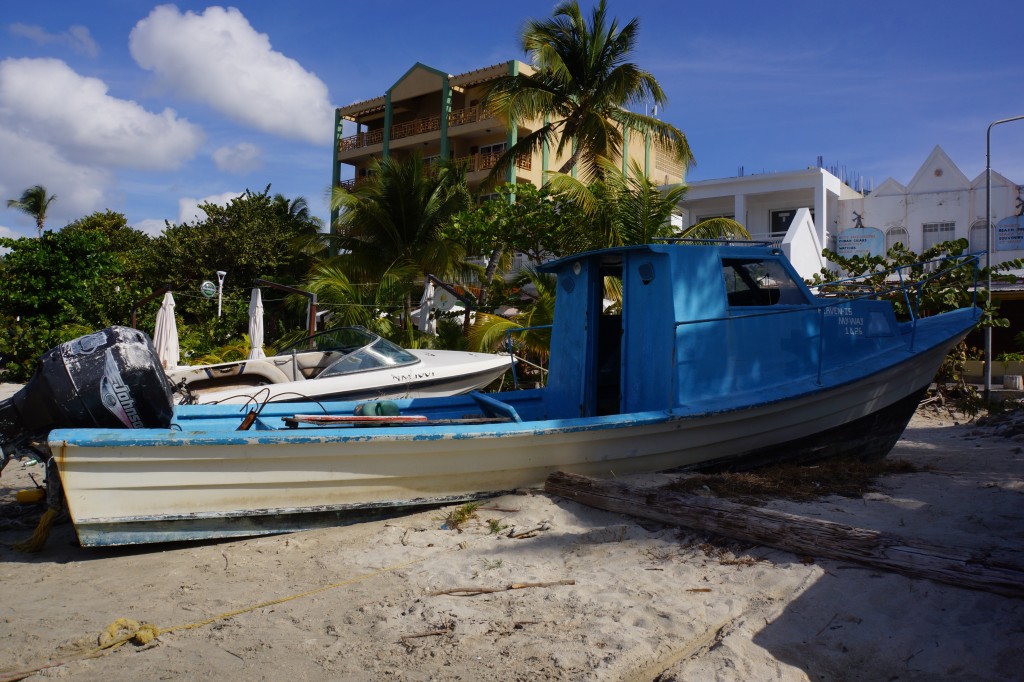



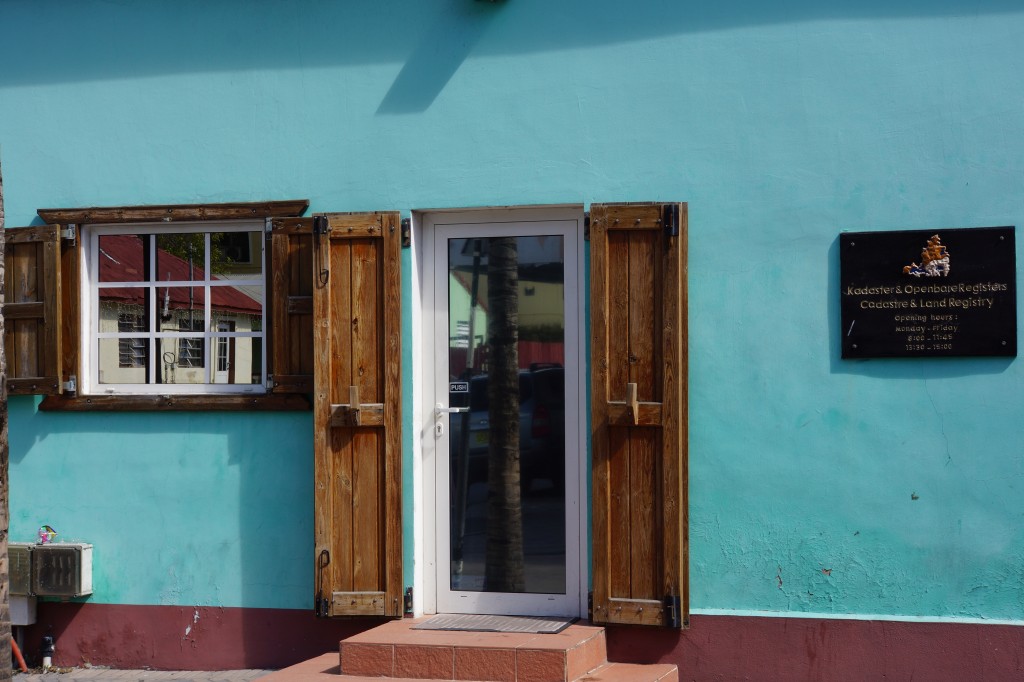

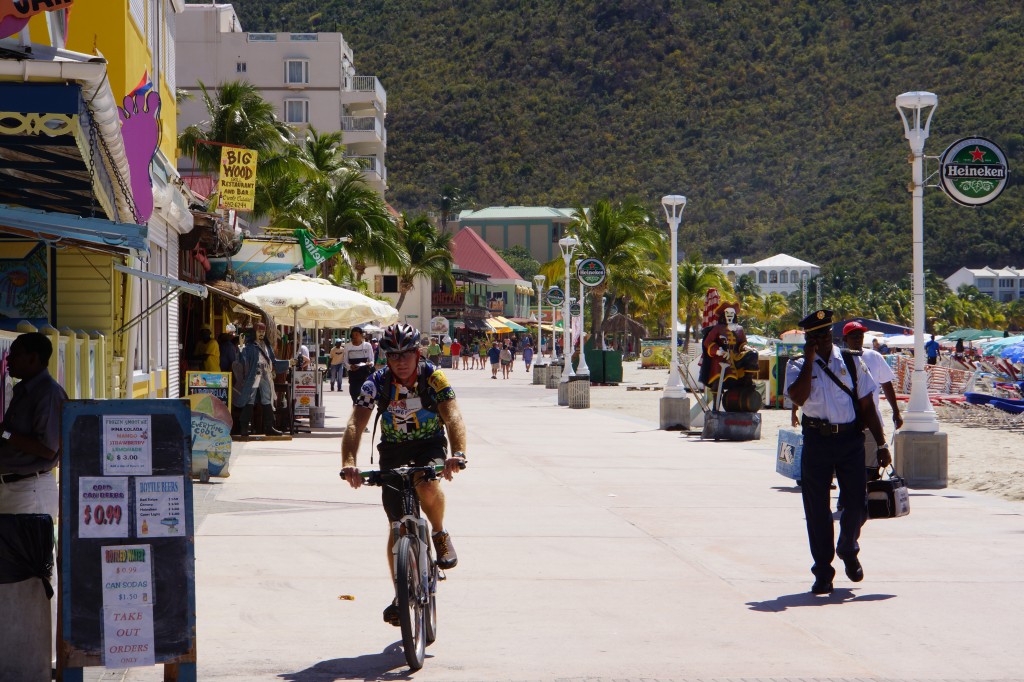
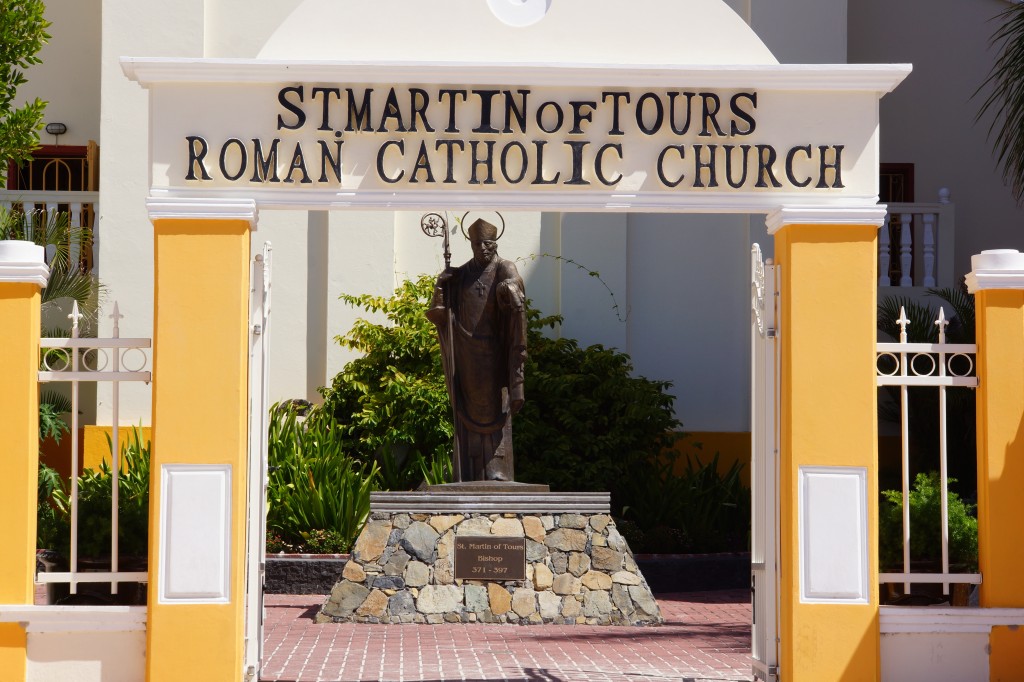



There is a statue in the Marigot Marketplace on French St. Martin. The statue is called “The Market Woman” and has become not only the island’s most recognizable work of art but a symbol of St. Maarten, St. Martin itself. The statue was created by Marty Lynn .
In 1976, Marty and his artist wife Gloria moved to St. Martin from New York City with their family. Setting up their studio in Grand Case, the Lynn’s became central to the island’s artistic movement through their own works and through their help and support to other artists.
http://www.zimbio.com/St+Maarten+Vacation/articles/FwrXEC9VbIE/Market+Woman+Statue+Marigot




This vintage West Indian-style guesthouse was once the summer home of the Dutch Queen Wilhelmina.
Pasanggrahan enjoys a prime spot on the beach in Philipsburg, sandwiched between busy, narrow Front Street and the harborside boardwalk, and set back and shaded under tall trees.
The interior has a gracious, Victorian feel, with peacock bamboo chairs, Indian spool tables, and a gilt-framed oil portrait of the queen.
Read more: http://www.frommers.com/destinations/stmaartenstmartin/H31920.html#ixzz2NfB0wlaH





The first European settlers on St. Maarten were: the Dutch
They officially claimed the island in 1631 and built a Fort on the peninsula, between Great Bay and Little Bay.
The Spanish invaded the island in 1633. At the time the population consisted of 95 Dutch men, 2 Dutch women, 20 Negro men and 10 Negro women, and one Indian woman. The Dutch loss of St Maarten, led to the conquest of Curaçao.
The Spanish occupied St. Maarten until 1648. During their occupation they expanded the fort. The Dutch made an attempt to recapture St. Maarten in 1644. Stuyvesant
 failed to do so and lost his leg during this battle.
failed to do so and lost his leg during this battle.
In 1874 Fort Amsterdam was used for the last time with the firing of a canon in honor of King William III silver reigning anniversary.
In 1987 a group of Dutch archaeologists, coordinated by Jan Baart archaeologist of the city of Amsterdam excavated a large portion of the fort during their three month stay. Some of the most important findings were the skeleton of a Spanish officer who died in the battle with the Dutch in 1644 and artifacts presenting the Spanish, Dutch and English occupations.

Ft. Amsterdam is located at the top of the hill.


The favorite part of my trip….the people. I loved them! They are wonderful…fun loving, personable, eager to please and they all have a sparkle in their eye!

The general rule for these kisses is that women are expected to kiss women and men on each cheek, first one side, then the other, then back again to the first cheek, in a sort of quick pecking motion. This is generally expected among friends and family. Men are expected to give this greeting to women, but not with other men. For men, a simple, firm handshake with a direct look in the eye will usually suffice. Eye contact is fairly important for the Dutch, so even if it appears that they might be staring you down, it’s probably not intended that way.
Some Dutch people will even admit that three is perhaps a bit overkill, but as they say, when in Rome, do as the Romans do…and when in the Netherlands, give three kisses.
http://blogs.transparent.com/dutch/how-to-say-hello-and-goodbye-in-dutch-plus-the-3-kisses/



I walked into Philipsburg before the first light every morning with my camera. It was about a mile’s walk to my friend Mario who served the most wonderful cool fresh coconut juice. Perfect!

